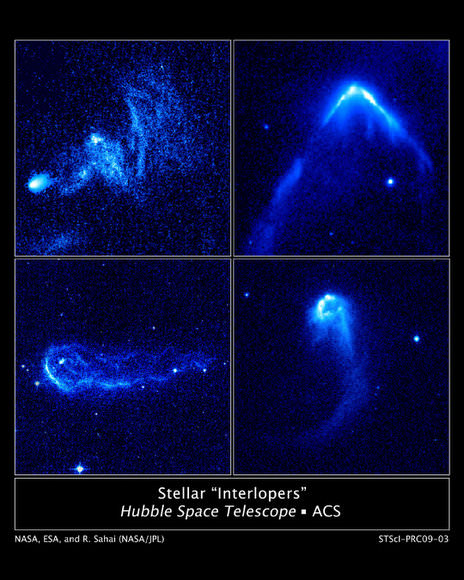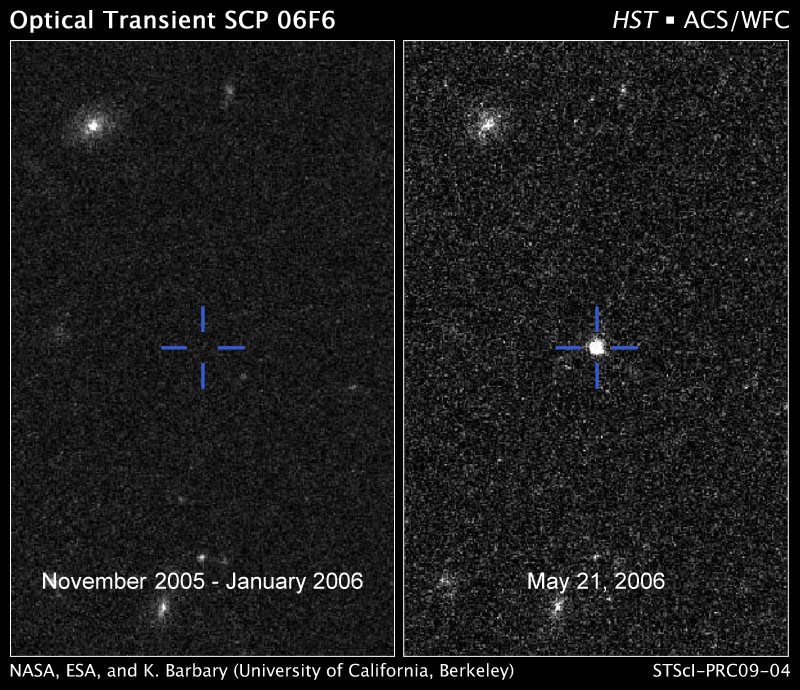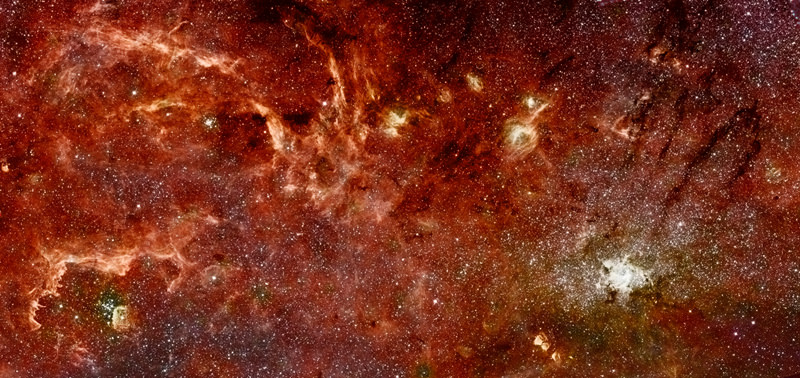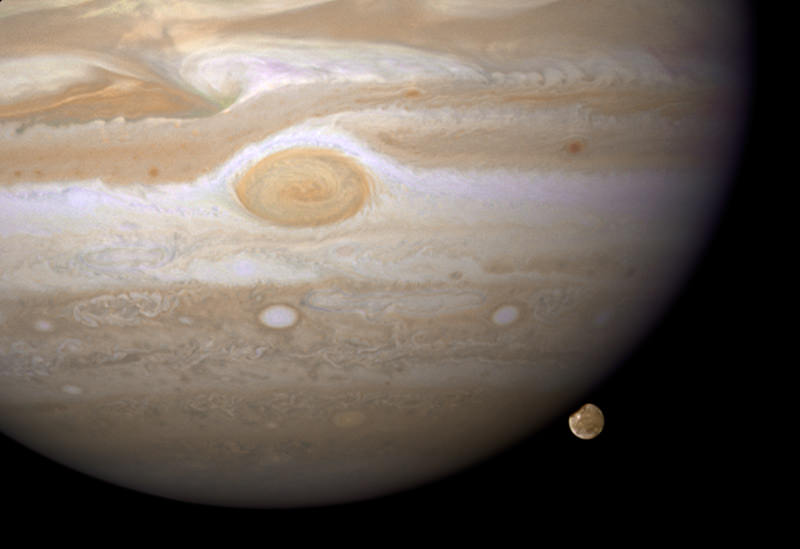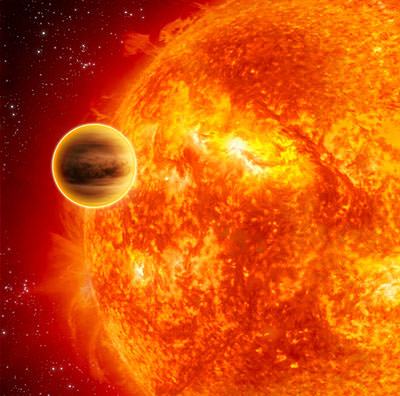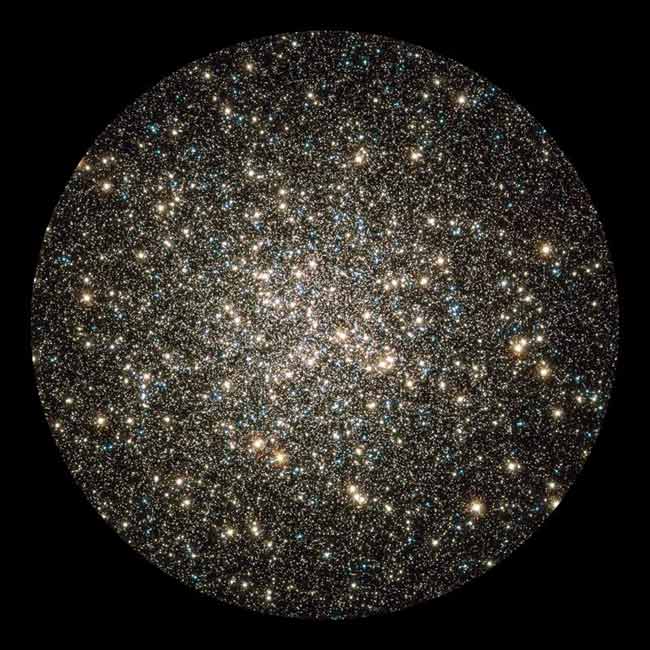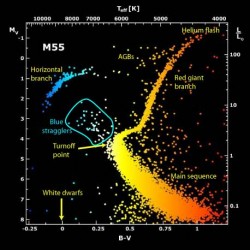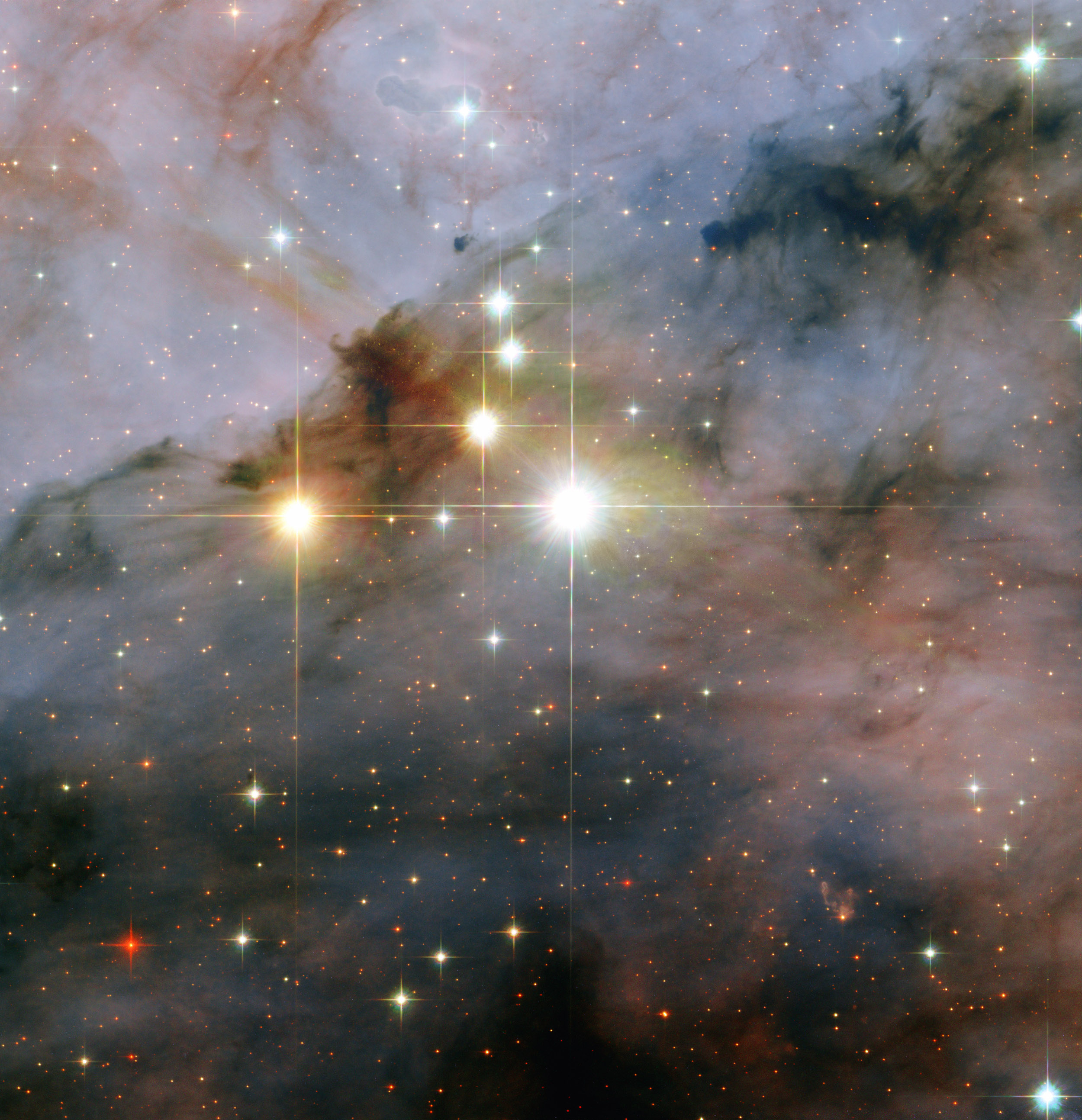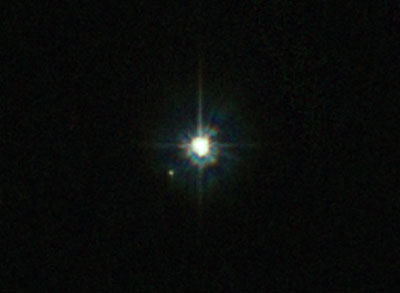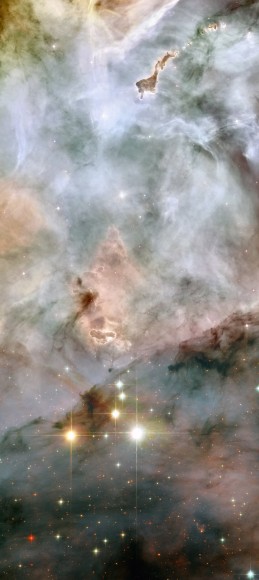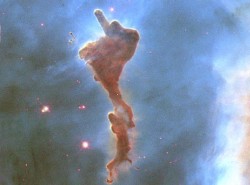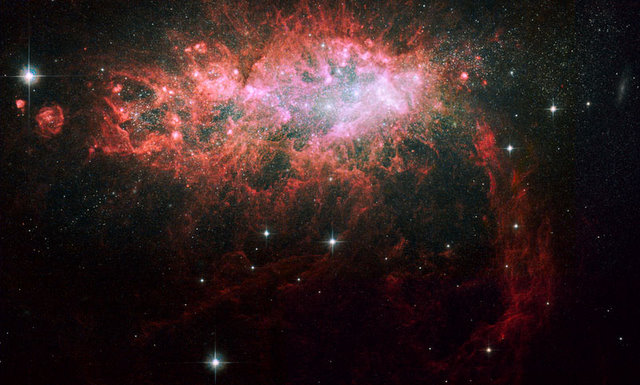[/caption]
A team of astronomers looking for pre-planetary nebulae using the Hubble Space Telescope instead came across some renegade stars screaming through space. These runaway stars are moving along at 50 km/s (112,000 miles an hour), and have traveled an estimated 160 light years from where they originated. “We think we have found a new class of bright, high-velocity stellar interlopers,” says astronomer Raghvendra Sahai from JPL. “Finding these stars is a complete surprise because we were not looking for them. When I first saw the images, I said ‘Wow. This is like a bullet speeding through the interstellar medium.’ Hubble’s sharp ‘eye’ reveals the structure and shape of these bow shocks.”
Just as a speedboat on a lake creates a wake, as these speedy stars plow through the interstellar “ocean” they create brilliant bow shocks as streams of matter flowing from the stars slam into the surrounding dense gas.
So far, 14 of these runaway stars have been found. What kind of stars are they? Astronomers can only estimate the ages, masses, and velocities of these renegade stars. The stars appear to be young — just millions of years old. Their ages are inferred from their strong stellar winds. Most star produce such winds either when they are very young or when they are dying, and Sahia said it is clear they are not dying. Massive dying stars produce flowing clouds of ionized gas around them and that type of gas is not around these interlopers and old stars are almost never found near dense interstellar clouds.
They appear to be medium-sized stars that are a few to eight times more massive than the sun.
The research team believes the interloper stars were dynamically ejected from their natal environments which were probably massive star clusters. There are two way this could have happened. One possible scenario is that a star in a binary system exploded as a supernova and the partner got kicked out. Another possibility is a collision between two binary star systems or a binary system and a third star. One or more of these stars could have picked up energy from the interaction and escaped the cluster.
Depending on their distance from Earth, the bullet-nosed bow shocks could be 100 billion to a trillion miles wide (the equivalent of 17 to 170 solar system diameters, measured out to Neptune’s orbit). The bow shocks indicate that the stars are traveling fast, more than 112,000 miles an hour (more than 180,000 kilometers an hour) with respect to the dense gas they are plowing through, which is roughly five times faster than typical young stars.
Runaway stars have been seen before. The Infrared Astronomical Satellite (IRAS), which performed an all-sky infrared survey in 1983, spied a few similar-looking objects. The first observation of these objects was in the late 1980s. But those stars produced much larger bow shocks than the stars in the Hubble study, suggesting that they are more massive stars with more powerful stellar winds.
“The stars in our study are likely the lower-mass and/or lower-speed counterparts to the massive stars with bow shocks detected by IRAS,” Sahai explains. “We think the massive runaway stars observed before were just the tip of the iceberg. The stars seen with Hubble may represent the bulk of the population, both because many more lower-mass stars inhabit the universe than higher-mass stars, and because a much larger number are subject to modest speed kicks.”
Astronomers have not spotted many of these stellar interlopers before because they are hard to find. “You don’t know where to look for them because you cannot predict where they will be,” Sahai says. “So all of them have been found serendipitously, including the 14 stars we found with Hubble.”
“One of the questions that these very showy encounters raise is what effect they have on the clouds,” says team member Mark Morris of the University of California, Los Angeles. “Is it an insignificant flash in the pan, or do the strong winds from these stars stir up the clouds and thereby slow down their evolution toward forming another generation of stars?”
Sahai and his team used Hubble’s Advanced Camera for Surveys to examine 35 objects that appeared as bright infrared sources in the IRAS archive. The team is planning follow-up studies to search for more interlopers, as well as study selected objects from this Hubble survey in greater detail in order to understand their effects on their environment.
Source: NASA, AAS Press Conference

